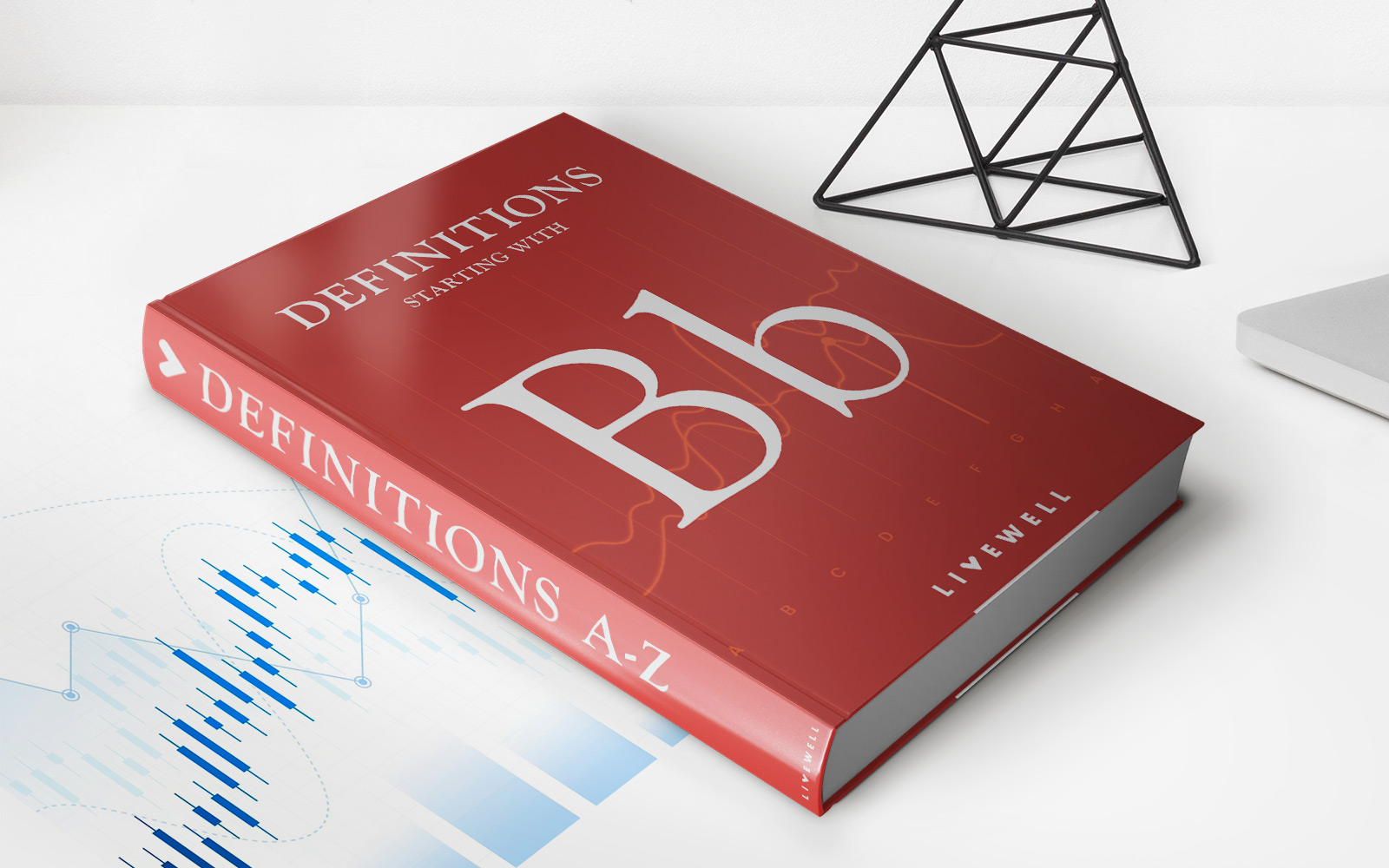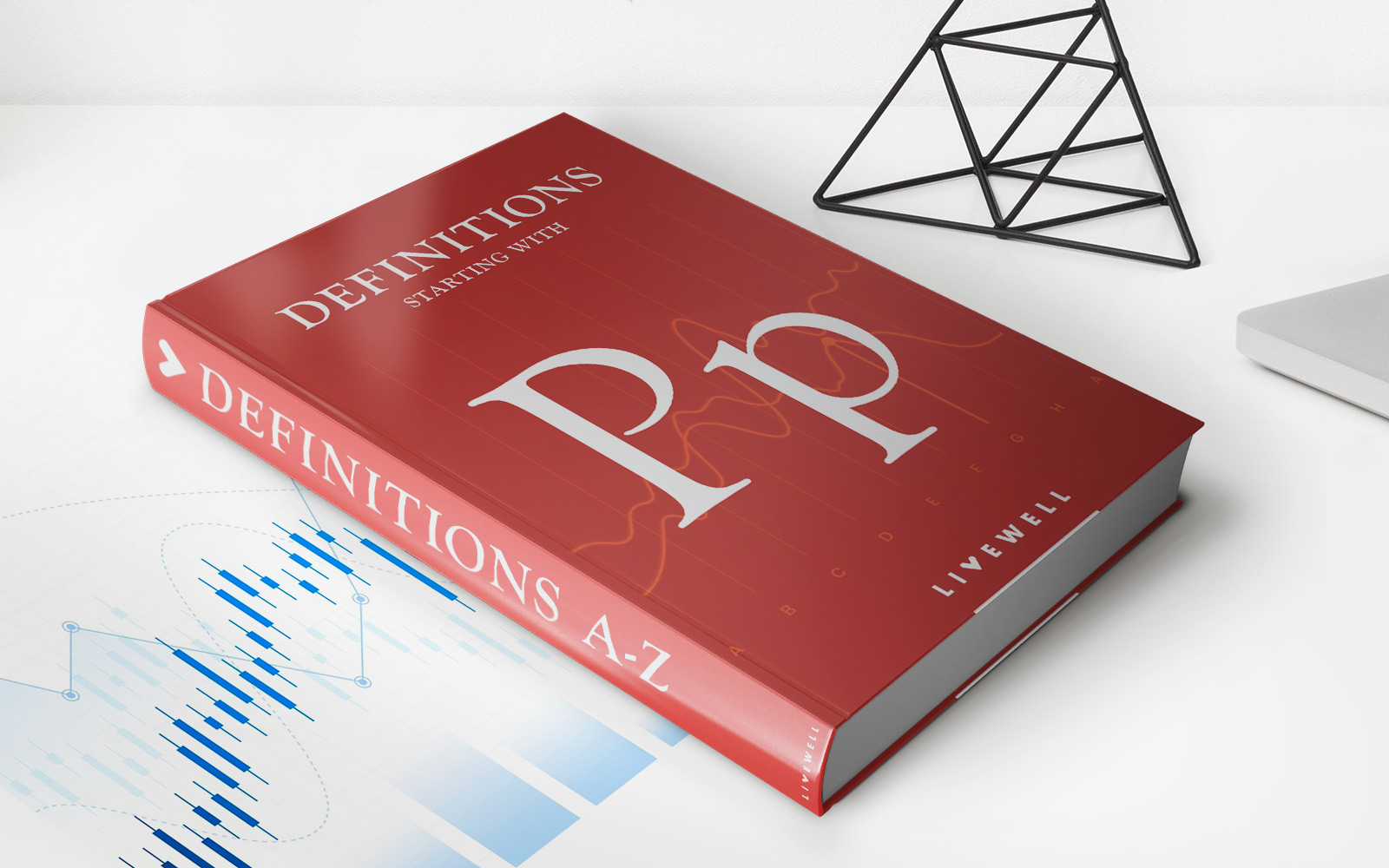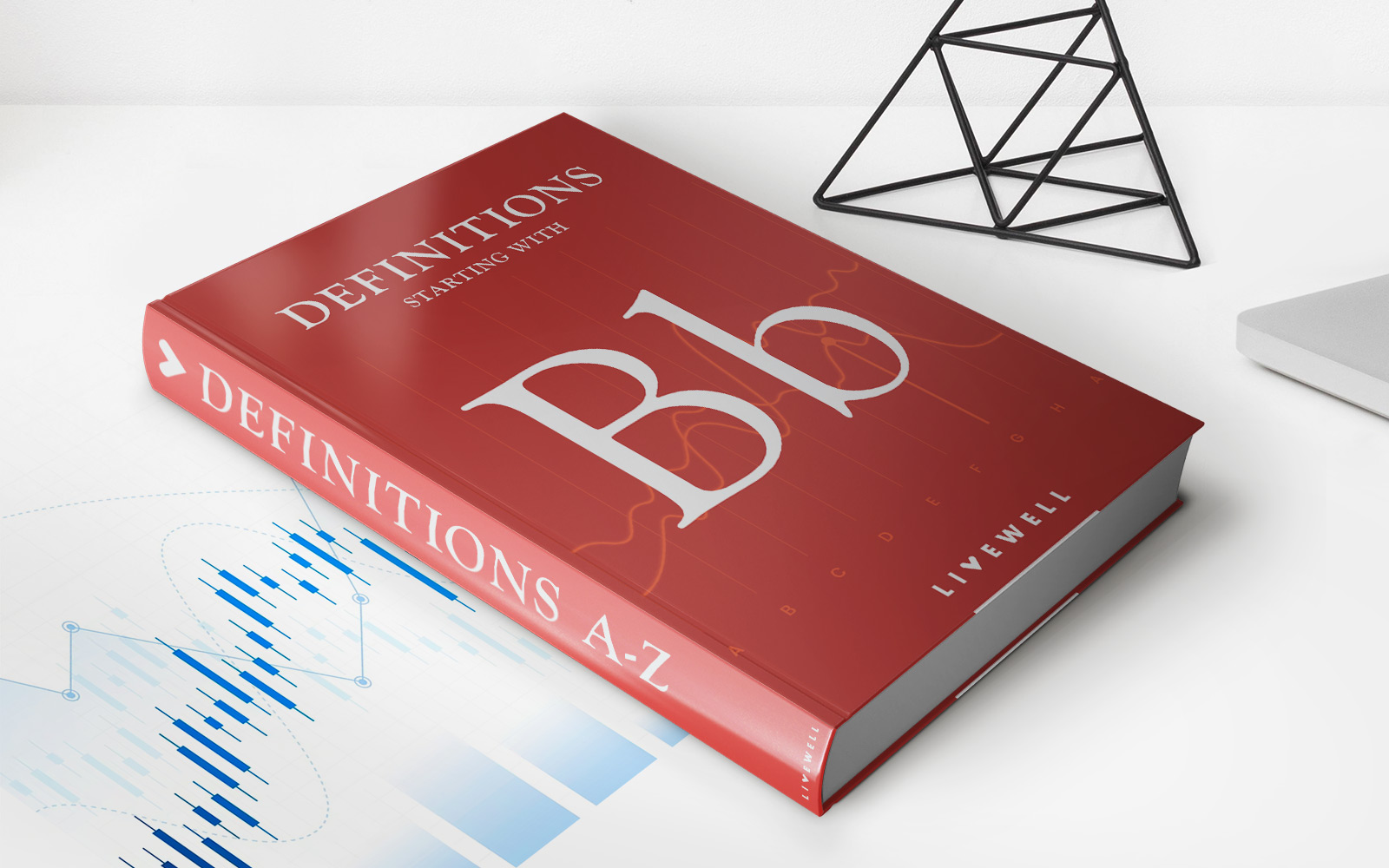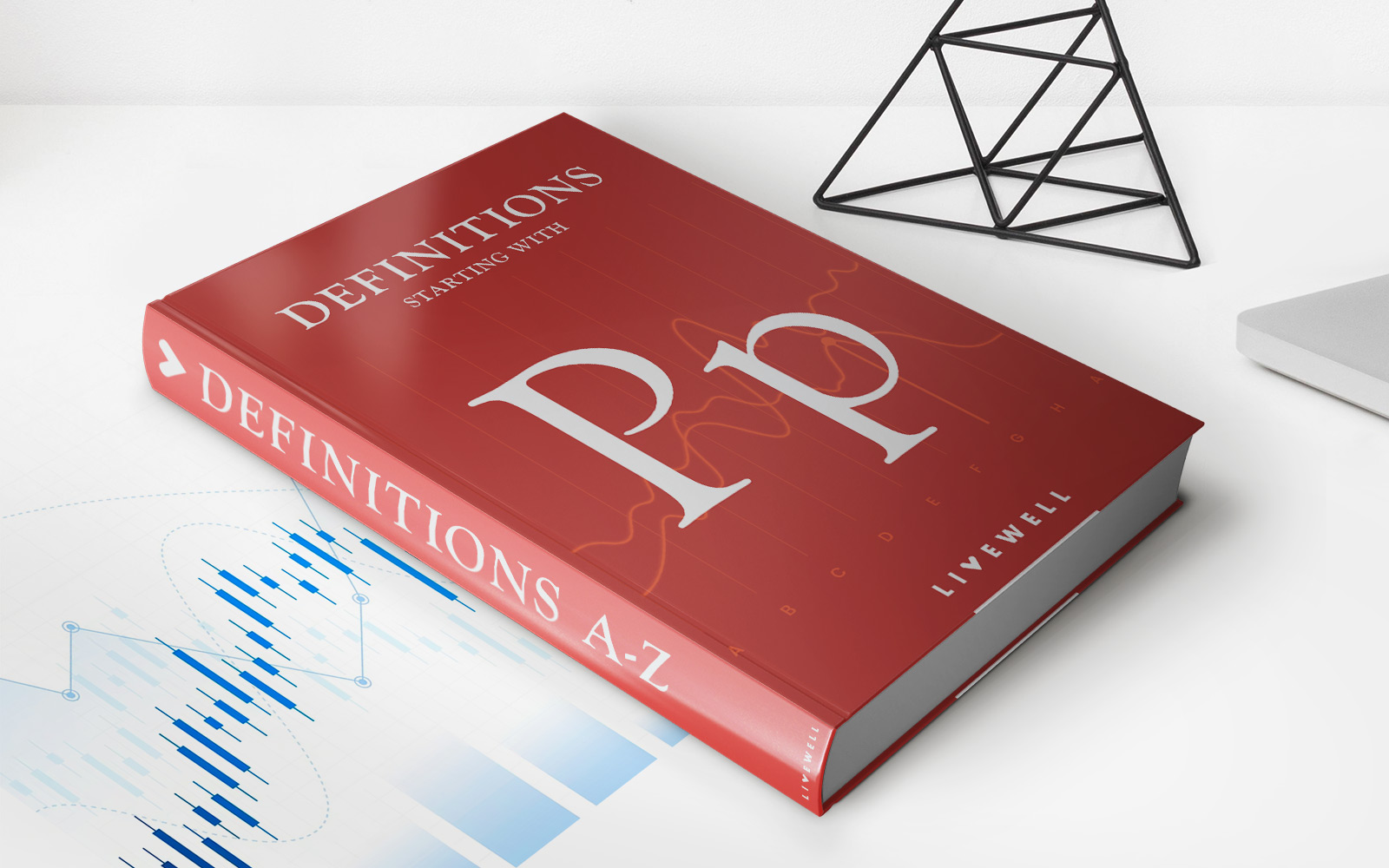Home>Finance>Book-to-Bill Ratio: Definition, How It’s Calculated, And Example
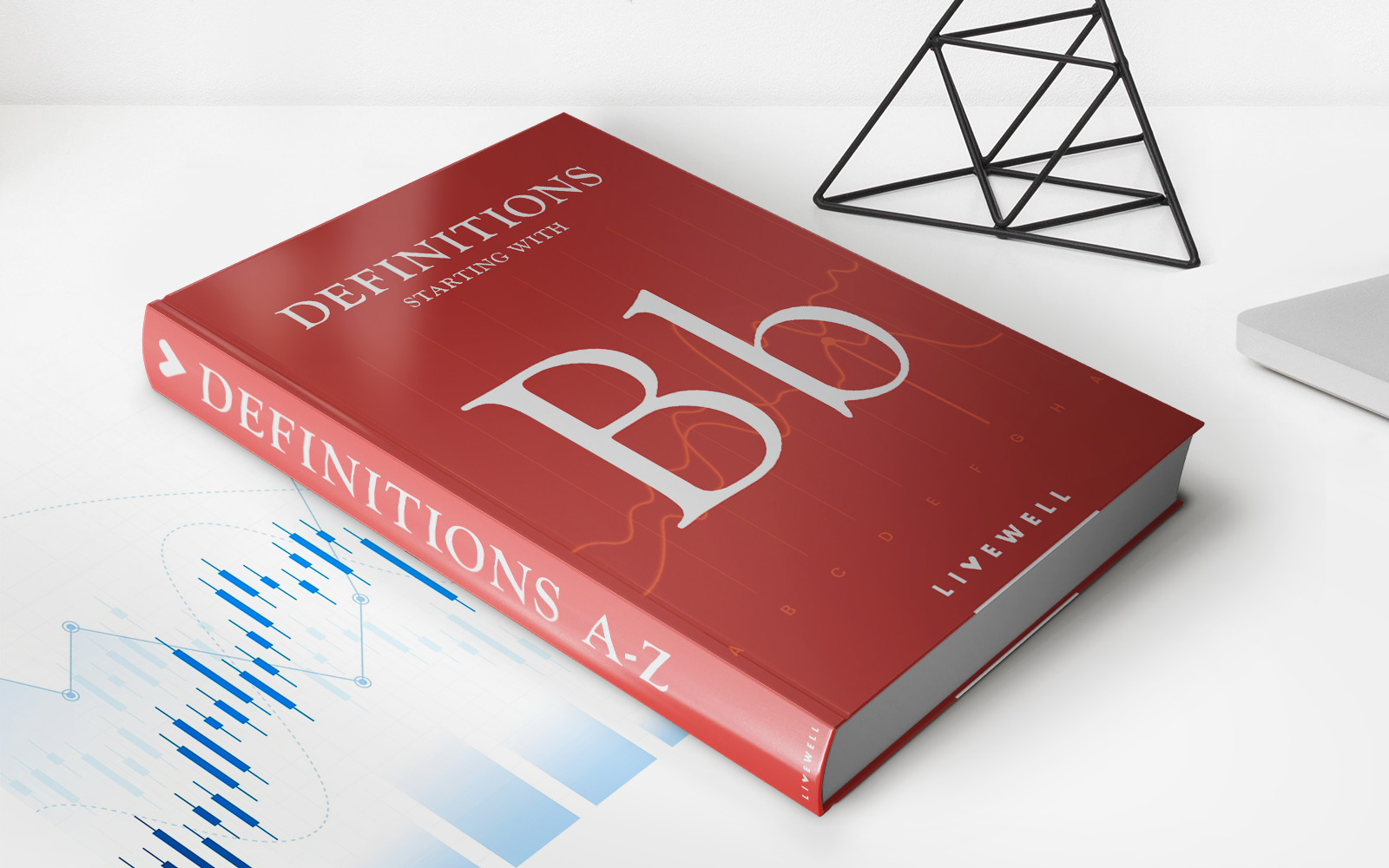

Finance
Book-to-Bill Ratio: Definition, How It’s Calculated, And Example
Published: October 18, 2023
Learn the definition of book-to-bill ratio in finance, how it's calculated, and get an example to understand its significance in financial analysis.
(Many of the links in this article redirect to a specific reviewed product. Your purchase of these products through affiliate links helps to generate commission for LiveWell, at no extra cost. Learn more)
Book-to-Bill Ratio: Definition, How It’s Calculated, and Example
Welcome to our Finance blog category, where we dive deep into various financial aspects that can help you navigate the world of money and investments. In this article, we’ll explore a commonly used metric in the business world called the Book-to-Bill Ratio. If you’ve ever wondered what it is, how it’s calculated, and why it’s important, you’re in the right place. Let’s jump right in!
Key Takeaways:
- The book-to-bill ratio is a measure of the relationship between the amount of new business orders received (bookings) and the amount of business that has been billed and recognized as revenue.
- A book-to-bill ratio above 1 indicates that a company is receiving more orders than it can fulfill, a ratio below 1 indicates a decline in new orders, and a ratio of 1 indicates that the company is receiving orders at the same rate as they are fulfilling them.
Understanding the Book-to-Bill Ratio
The Book-to-Bill Ratio is a financial metric that provides insights into the demand and productivity of a company. It compares the value of new orders received (bookings) over a specific period of time with the amount of business that has been billed and recognized as revenue during the same period. This ratio is predominantly used in industries with long lead times, such as manufacturing and technology, where there can be a time gap between receiving orders and delivering the products or services.
The book-to-bill ratio is calculated by dividing the total value of orders received by the total value of orders billed during a specific period. For example, if a company receives $1 million worth of new orders and bills $800,000 during a month, the book-to-bill ratio would be 1.25 (1,000,000 / 800,000 = 1.25).
Now you might wonder, why is this ratio important for businesses? Well, it’s a valuable indicator of the health and future prospects of a company. Let’s take a look at what different book-to-bill ratios indicate:
- A book-to-bill ratio above 1 (over 1) means that the company is receiving more new orders (bookings) than it can currently fulfill (billed revenue). This signals a high demand for the company’s products or services, indicating growth and financial stability. Investors and stakeholders often interpret this as positive news, expecting the company’s revenues to increase in the following months.
- A book-to-bill ratio below 1 (below 1) suggests that the company is experiencing a decline in new orders compared to its billed revenue. This might indicate a slowdown in demand, potential market challenges, or issues with the company’s products or services. It could be a signal for investors to closely monitor the company’s performance and investigate the underlying causes.
- A book-to-bill ratio of 1 (equal to 1) indicates that the company is receiving new orders at the same rate as it is fulfilling them. In other words, the company’s bookings and billed revenue are balanced. Although this may seem neutral, it still provides valuable information to investors and analysts, indicating a stable business environment and a steady flow of orders.
Example Calculation of Book-to-Bill Ratio
Let’s consider a fictional company, ABC Manufacturing, during the month of January. ABC Manufacturing receives $2.5 million worth of new orders (bookings) and bills $2 million during that period. To calculate the book-to-bill ratio, we divide the bookings by the billed revenue: $2,500,000 / $2,000,000 = 1.25. Therefore, ABC Manufacturing has a book-to-bill ratio of 1.25 for January.
This ratio indicates that ABC Manufacturing is receiving more new orders than it can currently fulfill, suggesting a healthy demand for its products. It’s important to note that a high book-to-bill ratio alone should not be the sole factor for making investment decisions. Other financial metrics, market conditions, and industry trends should also be taken into consideration.
In Conclusion
The book-to-bill ratio is an essential tool for businesses and investors to assess a company’s financial health and future prospects. It provides valuable insights into the relationship between new orders received and billed revenue, acting as an indicator of demand and growth potential. By understanding and monitoring the book-to-bill ratio, stakeholders can make informed decisions and better navigate the ever-changing financial landscape.



